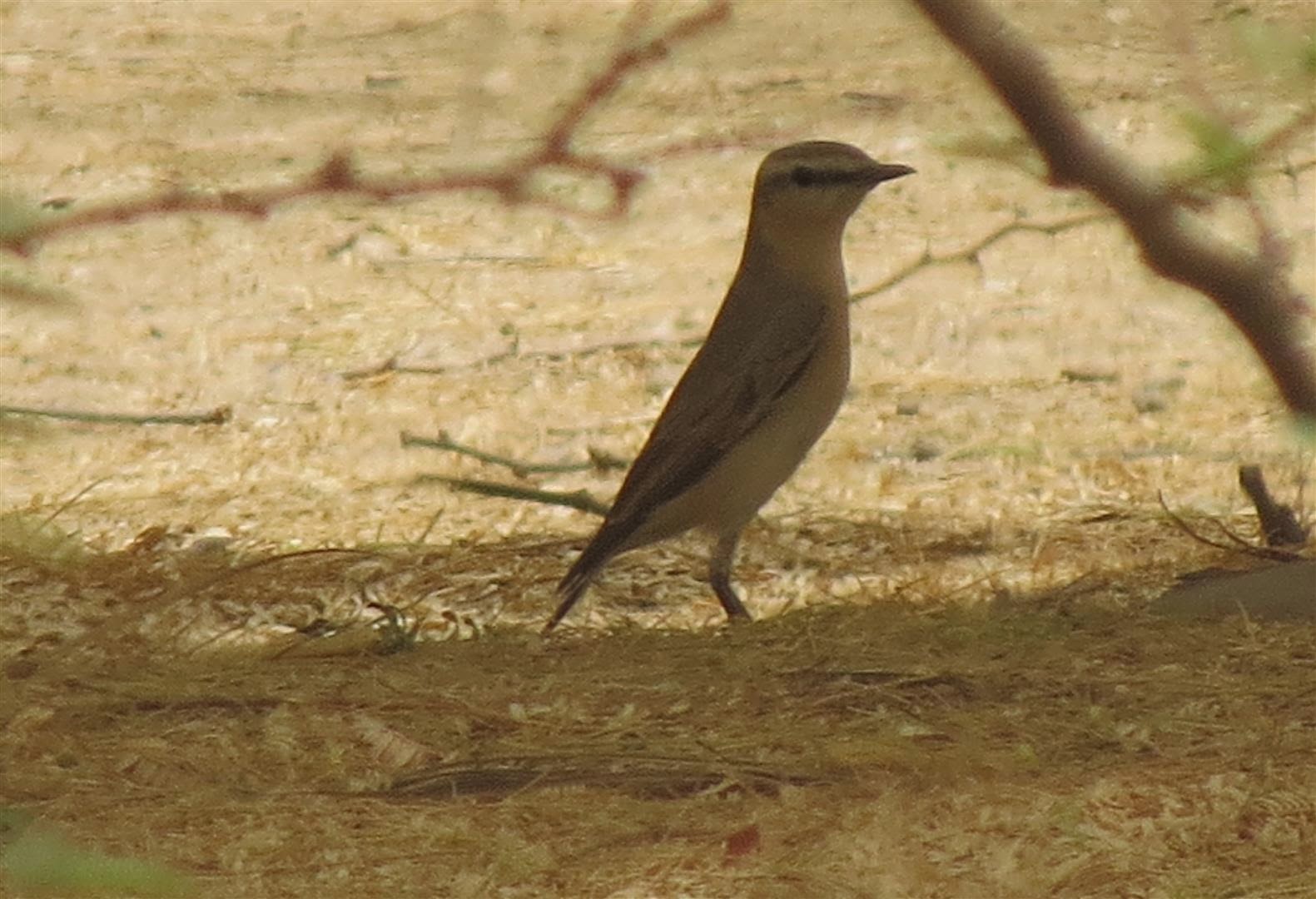It was thin on my way back to Salalah last Saturday even though I visited three places: Muntasar Oasis, Qatbit motel gardens and Al Beed farm. Of course none of these sites were seen in early morning or early evening but I am confident I would have found most of the birds. I look deep.
At Muntasar, four unidentifed sandgrouse flew off just as I arrived. The total passage selection was common redstart, lesser whitethroat, yellow wagtail, green sandpiper, barn swallow and house martin.
common redstart
There was only one each of common redstart and house martin.
yellow wagtail
There was also a desert wheatear. This one could have been there all winter or passing through. Most have left the region now.
desert wheatear
Next stop was at Qatbit which many of you will know is upsetting me. Many low bushes have been cleared, part of the front is having new buildings and there is big disturbance. It simply can't be as good as it used to be.
tree pipit
Passage birds were restricted to tree pipit, barn swallow (very many), lesser whitethroat and a single blue-cheeked bee-eater. This was actually the first and to this point only larger bee-eater I have seen all spring. European bee-eater is still not on my Oman list.
Isabelline wheatear
In the little cluster of trees and bushes which can produce very good results, this time were only two migrants: Menetries's warbler and rufous bush robin.
male black-crowned sparrow-lark
Out in the fields, I saw only one migrant. The rest were either house sparrow, black-crowned sparrow-lark, collared dove or kestrel.
house sparrow
The one migrant was a white stork.
white stork cooling off
There have been between 2 and 4 white stork at Al Beed all winter. This time there was just one bird which could be a different one.
It was cooling off my spending much time directly under the water sprays. This is a well known trait of white stork in hot conditions. Indeed with water sprays available they are known to stay in much hotter conditions.
white stork on the move
This was almost the last bird seen before I headed back to Salalah non-stop on the final leg of a successful weekend away.










No comments:
Post a Comment